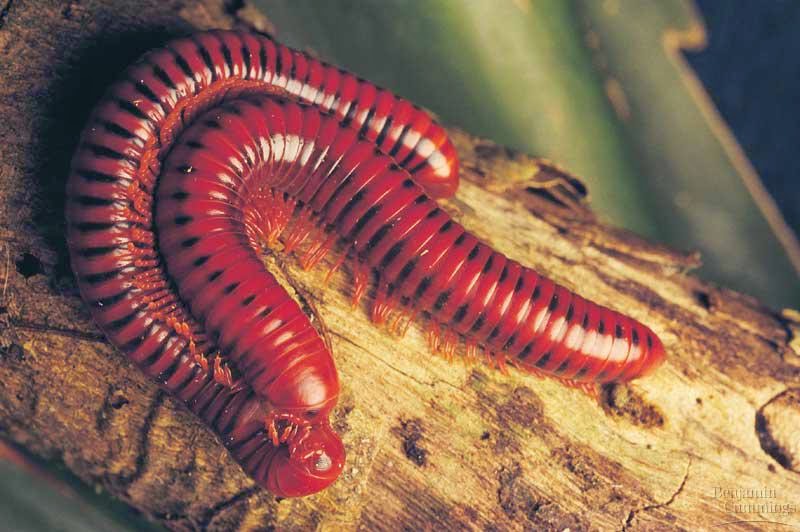
These animals are part of the Animalia kingdom classification, falling under the Anthropoda phylum. Millipede Species, Types, and Scientific Name

When they are still young, these molting sessions allow them to grow additional legs each time. One ancient relative of millipedes grew to 7 feet in length! Archaeological findings suggest that the millipede was the first animal to walk on land, dating the species back 400 million years.Instead, they have 100 legs or less on average, though it can have up to 750 legs at the most. Despite their name, millipedes don’t have anywhere close to 1,000 feet.While centipedes bite, millipedes do not. Millipedes prefer the vegetation that they find underground, while some centipedes are so ravenous that they’ve been known to consume whole frogs. Additionally, the antennae make them easy to differentiate, since millipedes have short antennae (and centipedes have long). The way that the legs are sectioned along the body differs as well, since millipedes have two pairs per fragment, while centipedes only have one pair. The centipede, on the other hand, belongs to the Chilopoda class. While both the centipede and the millipede are arthropods, only the millipede belongs to the Diplopoda class. Though the millipede and the centipede are easy to confuse, there are a few major differences between them, starting with their classification. At the most, they’ll release a toxin that creates an effect that is similar to an allergic reaction. They have no pinchers, stingers, or claws to deter the animals that hunt them, and they don’t even bite. Though some species of millipede are poisonous, they are largely without defense against natural predators. They aren’t considered to be insects, though they have a hard exoskeleton that protects their body. A very similar millipede, the yellow spotted millipede, occurs in the Pacific Northwest.The millipede belongs to the phylum of arthropods, falling under the same family as spiders and butterflies. Yellow and black flat millipedes live 2 to 3 years. As they molt and grow, immature millipedes become darker, the spots get brighter, and they add body segments with each molt. Immature millipedes are pale and have fewer segments and legs than mature millipedes. Eggs hatch after three or more weeks of incubation.

Eggs are laid where there is a ready food supply for the newly hatched tiny young. Females lay several hundred eggs in a moist, protected location, commonly under a log. The millipede also protects itself by curling into a ball, resembling a snail.

They have 31 pairs of legs (females) or 30 pairs of legs (males). Yellow and black flat millipedes are large (up to 2 inches long), flattened, black arthropods with yellow spots along the sides. (At low concentrations, hydrogen cyanide smells like almond extract.) Although hydrogen cyanide is exceedingly toxic, the small amount each millipede produces is not hazardous to human health. The yellow and black flat millipede, Apheloria tigana, could well be called the almond-scented millipede or the cyanide millipede because of the hydrogen cyanide that it secretes when molested. Description and Biology Skip to Description and Biology


 0 kommentar(er)
0 kommentar(er)
